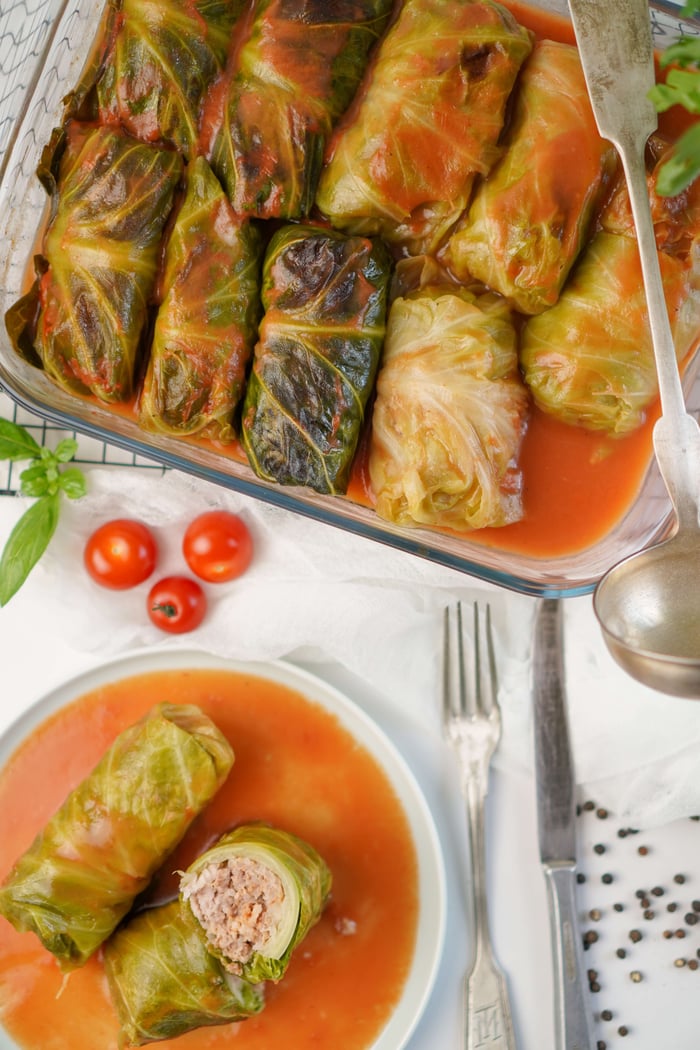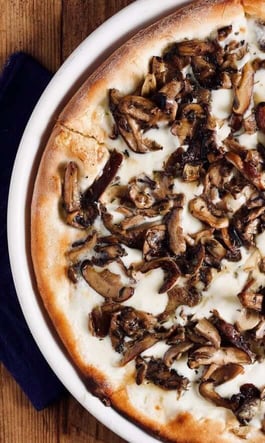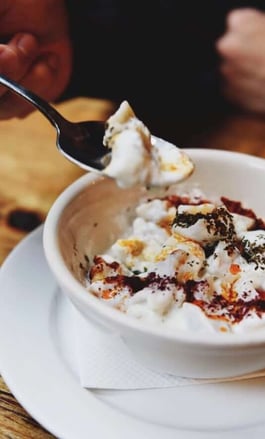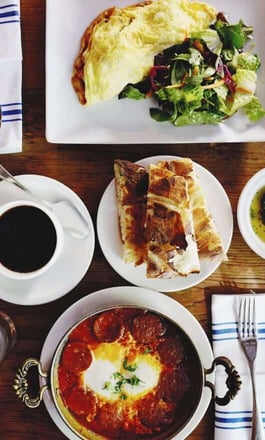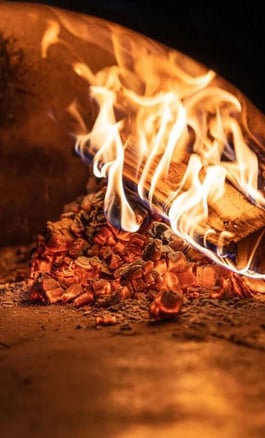Lahana Sarma: Anatolian Kitchen Delight
Lahana sarma is a traditional Anatolian dish made with vegetarian cabbage rolls and walnuts. It can also be made with meat filling and eaten while hot, but our recipe will be the meatless version, which is generally served cold. The word ‘sarmak’ in Turkish means to wrap and its relevance to this recipe is that some leafy vegetable is being wrapped around delicious fillings, such as pine nuts, currants, spices, chopped onions, and rice.
Anyone traveling in Turkey and spending some time there will soon discover that the primary use for pine nuts is actually in a wrap like the sarma described below. The wrap used for this recipe is cabbage leaves, although that’s not the only kind of wrap that can be used.
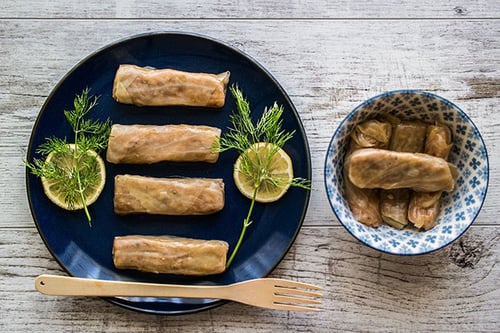
Lahana Sarma showcases the Turkish palate featuring fresh cabbage wraps with a savory filling.
Variants to the Cabbage-leaf Recipe
In fact, there are many other leaves which can be as tasty and as easy to prepare for these kinds of cooked vegetable or meat wraps. If you experiment with some of these, you may find which one is more appealing, and it can become your personal favorite. Other wraps that you may want to try are chard, kale, grape leaves, or beet greens. If you’re preparing the version of sarma which is more of a filled or stuffed concoction, that is referred to as a ‘dolma,’ and for it, you might try zucchini, peppers, or eggplant.
Both the dolma and the sarma are usually served in company with the main dish, or by itself as an appetizer. Generally, however, those containing meat are served as a main course, with a portion of yogurt alongside to complement the dish. Since this kind of composition includes something from almost every food group, it’s considered a complete meal, and one which needs no other side dishes.
Sarma Recipe Ingredients
This recipe makes approximately 40 pieces, or one large platter of wraps, and, ideally, it should be well-prepared the day before it is served.
- 1-1/2 cups of uncooked rice
- several lemon wedges
- 1/2 cup of walnuts chopped up finely
- 2 whole green cabbages of medium size
- 1/4 cup of pine nuts
- 3 large onions
- Salt
- ½ bunch of fresh finely-chopped parsley
- 1 tablespoon of dried mint
- 1 tablespoon of sugar
- 1 teaspoon of cinnamon
- 1 teaspoon of allspice
- 1/4 cup of dried currants
- 1 cup of olive oil
Preparation of the Filling
Preparation of the filling begins with placing the rice in a bowl of warm water and allowing it to soak for approximately 20 minutes. After that time, it can be drained, washed, and set aside for later. In a large-size saucepan, heat up 1/2 cup of the olive oil, while saving the other half-cup for later. Add the pine nuts and onions, and sauté both for about 15 minutes.
After that, add in the rice and cook it for an additional five minutes. After this mixture has been cooked, you can add one cup of warm water, sugar, salt, and currants. This mixture can then be covered and allowed to simmer until all liquid has been thoroughly absorbed, which will generally take about five minutes. Finally, add the mint, allspice, and cinnamon, and mix this thoroughly before then stirring in the dill, walnuts, and parsley.
Preparation of the Cabbage Leaves
The cabbage is prepared by first cutting out the entire core, and then adding it with a touch of salt to a large pot of boiling water. Cover the pot and allow it to continue boiling for approximately three minutes. Next, peel away some of the outer leaves carefully so as not to tear them, then place the remainder of the cabbage back in the pot and cook for another three minutes.
By repeating this process, you’ll eventually get to the core, with all cabbage leaves cooked. When all the cabbage leaves have been thoroughly cooked, set aside any damaged leaves and cool the remainder of them. Cut the leaves to remove any especially thick veins which may be present in the middle. Using a flat cutting board, place a spoonful of filling onto each leaf and roll it up, repeating this process until you run out of filling.
Final Steps
The last part of the process begins with taking those cabbage leaves which were damaged or torn during boiling and placing them at the bottom of a large-size saucepan, in just one layer. Place the rolled cabbage wraps on the bottom of your saucepan with the loose ends facing downward. When you run out of space for your first layer, you can add a second layer on top of the original one, stacking them as needed.
Add in a quarter cup of olive oil, a pinch of salt, and 1/2 cup of warm water, and bring this to a boil. Then reduce it to a simmer and let it cook for about an hour. Remove your saucepan from the heat, and allow the wraps to cool down thoroughly before removing them from the saucepan and placing them in a container, which can then be put in the refrigerator.
Lahana sarma is best served with a fresh slice of lemon, relatively soon after taking it out of the refrigerator. Most people prefer to have the meatless version of sarma served cold, although others prefer to allow it to warm up to room temperature.


